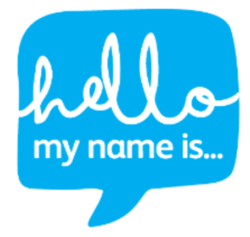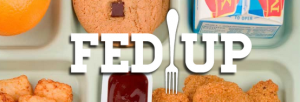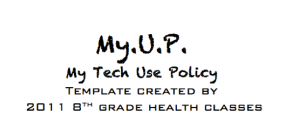Unlike many other subjects, health is rarely a yearlong course. Most students are required to take health for either a semester or a quarter, which means that this time of year can require a quick “getting to know you” process, or a conscious shift in class dynamics as the students move from the field into the classroom.
The first day of any class is often associated with a course outline or syllabus. But good news: There are ways to deliver this information that won’t put your new students to sleep! Here are some activities that can help you set the tone of your course in a positive and engaging way:
- Take ice-breakers literally.
There are so many great icebreakers out there, and most teachers keep a few in their back pocket for new class scenarios. What’s different with health classes, though, is that often a typical name game might not work, as the kids may have already been in phys ed together for the first half of the year.
My class kicked off this semester with a “snowball fight.” Students were given a sheet of recycled paper and told to write one fact about themselves that the class may not know, then crumple the paper up into a ball. From here, the teacher yells “SNOWBALL FIGHT!” and the class erupts into a giant snowball fight.
After a few chaotic minutes, everyone picks a snowball from the ground, and students take turns reading theirs and guessing whom it might belong to.
- Have students engage in a round robin discussion.
A big part of health class is discussion-based, but many kids aren’t comfortable sharing in large groups. To make sure they all get a chance to demonstrate their knowledge, I mix class discussions with small table talks.
To give kids a taste of how this works as soon as they enter my class, I use a round robin protocol. One person at the table takes 30 seconds to share his or her thoughts on a topic, and then the other group members have 30 seconds to ask questions. Then the next person goes.
On the first day of class, I usually start with an easy topic like “What did you do over the break?” I’ll demonstrate first, and then have them get started.
In groups of four, this takes only four minutes, and it’s a good way to ensure that every student understands that they have a voice in your class.
- Play a game of health bingo.
Bingo is a long-time favorite for teachers everywhere and a surefire hit for kids.
Find a bingo card template online, and fill the boxes with examples of healthy behaviors, like “I ate breakfast today” and “I like to be alone sometimes.” Then have the kids get up and find classmates to sign the boxes that that apply to them. The first student to fill a row with different signatures wins.
If you’d like to extend the activity or if you have a larger class, try playing this game “black-out style,” in which winners are required to have all boxes filled.
- Put students in the hot seat.
Create a Power Point with a different vocabulary word on each slide, and have students take turns sitting in the “Hot Seat” with their back to the screen. The rest of the class tries to have them guess the vocabulary word on the screen by giving them the definitions, charades, or anyway you decide.
This is a great way to evaluate what your students remember from any previous health lessons. It’s also a fun and active way to tie up the first lesson… especially if you end with a word from the puberty unit.
Still looking for more innovative first-day ideas? Browse this Pinterest board.




